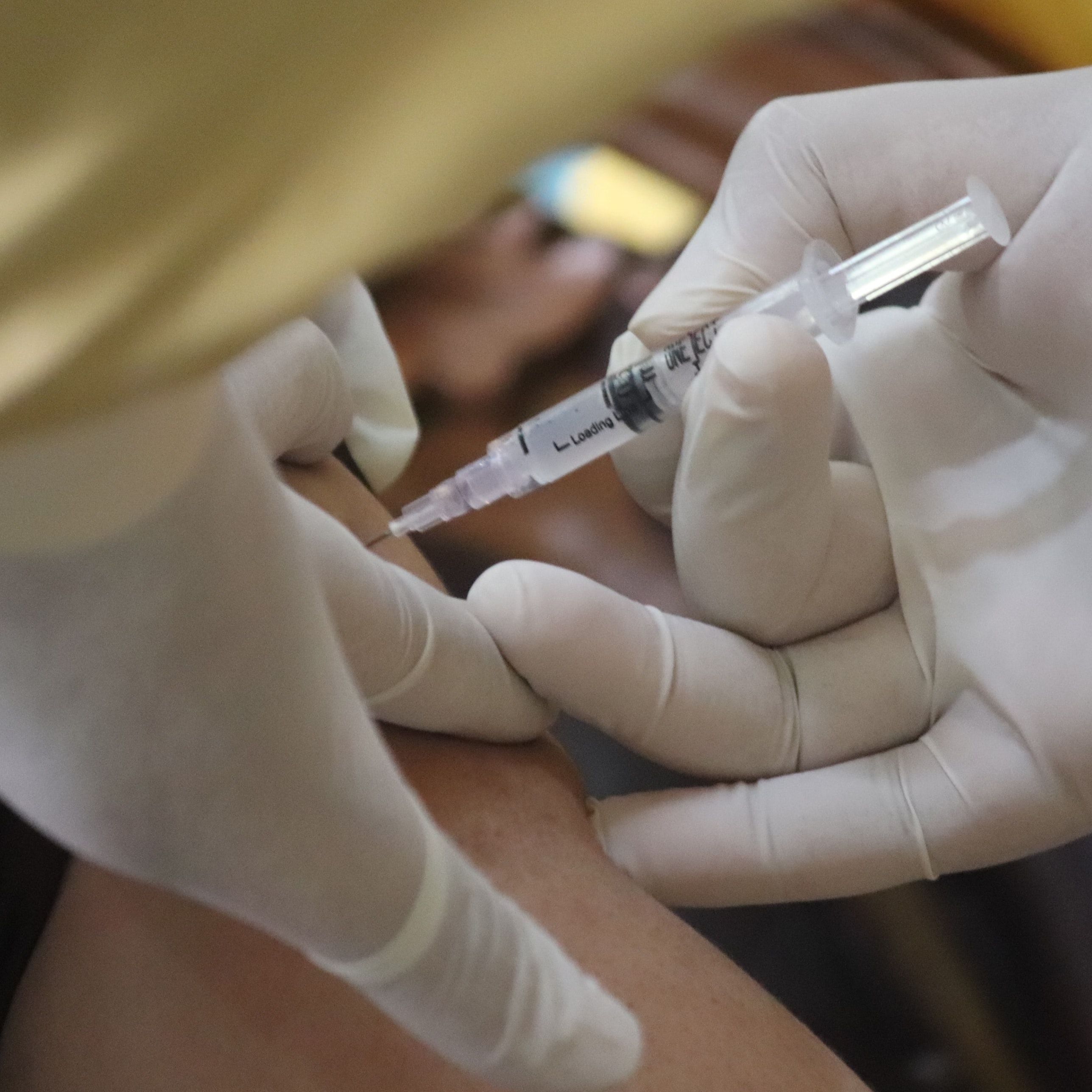Article
Education Key to Increasing Gardasil Vaccination Rate
Only 25% of girls have been vaccinated against HPV with Gardasil. What can be done to improve this rate, and should boys be vaccinated, too?
A recent Centers for Disease Control and Prevention study indicates that the vaccination rate for Gardasil, a 3-shot series that protects against the sexually transmitted human papillomavirus (HPV) stands at 25% for girls aged 13 to 17 years. HPV causes nearly 70% of cervical cancers. Officials at Merck & Company, which manufactures the vaccine, say they are pleased with the vaccination rate.
Not everyone is happy about the news, however. “I have to tell you that I’m a little biased, because I think everyone should be getting it,” said Suzanne Lockwood, MSN, PhD, assistant professor of nursing at Texas Christian University’s Center for Oncology Education and Research. “When you consider the fact that 20 million people are going to [get] infected with HPV…25% is low.” Cervical cancer causes nearly 4000 deaths annually in the United States, and the vaccine’s proponents hope to see vaccination rates rise quickly.
Rationale for Low Vaccination Rate
In 2006, the US Food and Drug Administration approved Gardasil as a vaccination against certain strains of HPV for girls as young as 9 years old; health officials recommended that girls receive the shots around 11 or 12 years of age. Early uptake of the vaccine was slowed by its $375 price tag and insurance companies’ initial reluctance to cover the cost. More than 2 years later, the price remains has not changed, but most insurers have finally gotten on board.
We have about 90 health plans that we contract with,” said Kevin Ault, MD, gynecologic oncologist and associate professor of obstetrics and gynecology at Emery University School of Medicine in Atlanta, Georgia, “and there’s only one that I’ve run into so far that has balked.” He pointed out that the federal government’s Vaccines for Children Program functions as a safety net, ensuring that every girl less than 18 years of age has access to the vaccine.
According to Dr. Lockwood, a lack of education and understanding of the vaccine’s purpose constitute a bigger barrier, from a health standpoint. Dr. Lockwood said it is important to educate parents that just because their daughter receives the vaccine does not mean she will immediately become sexually active. “We know that Gardasil protects against the 4 types of HPV and that those HPV types do have a role in not just cervical cancer, but a lot of other cancers and sexually transmitted diseases. This is really an opportunity for us as parents to protect our daughters,” she said.
What About Boys?
Initial clinical trials involving Gardasil focused solely on adolescent girls, but that is changing. Dr. Ault said one ongoing trial involves giving the Gardasil vaccine to men. The trial’s focus is on genital warts, but Ault explained that there are many HPV-related cancers found in men, including anal cancers and head and neck cancers.
“Boys are not going to get cervical cancer, but there’s this concept of herd immunity,” Dr. Ault said. “If the boys are immune to the infection, then they’re not going to be passing it on to the girls.” He noted that the “herd immunity” approach to vaccination has worked well with other diseases, like German measles or rubella. “If 100% of all 11-year-old girls got their HPV vaccine and it lasted for several decades, we wouldn’t need to vaccinate the boys,” explained Dr. Ault, but he noted that it was unlikely all girls would get the vaccination.
Dr. Lockwood agrees it is important to include boys as targets for HPV vaccination and, although frustrated at the pace, is confident that FDA approval is forthcoming. “The reality is that women wouldn’t get the HPV without having acquired it, generally, from a male during traditional sexual activity,” she noted.
Getting Involved
Tri Dinh, MD, gynecologic oncologist at Houston’s Methodist Hospital, said that going forward, the key role for community oncologists is education. He pointed out that girls aged 13 to 17 years have few scheduled medical visits and most of these are to family practitioners or pediatricians. Very few are to obstetrician/gynecologists. “The group that really needs to get involved,” he said, “is the family practitioners and pediatricians to really push vaccinations in the few office visits that the patients in this age group have.”
Dr. Lockwood said there is an equally important role for parents. She believes that while teenagers develop the mentality that “it won’t happen to me,” parents are just as guilty at adopting such a philosophy. “We would all like to think that it won’t happen to our child, and it’s not until it does happen that you say, ‘Oh my God, I wish I had gotten her the vaccine.’ It’s our role to protect our children.”
January is cervical cancer awareness month, and Dr. Ault expects that it is only a matter of time before the vaccine becomes a regular part of adolescent care. “Could we do better?” he asked. “Absolutely, but adolescent vaccine recommendations as part of routine pediatric care are relatively new. I think it’s going to take a little while to get this worked into routine office care.”
Ed Rabinowitz is a veteran healthcare writer and reporter. He welcomes comments at edwardr@frontiernet.net.





